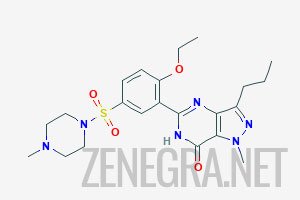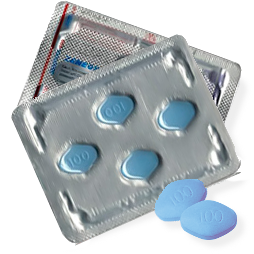Generic Viagra Analogs
What is a generic drug?

The generic drug or rather equivalent, is a drug based on one or more active ingredients, ie the substances that cure the disease, to which the "patent" has expired. After 20 years that Viagra has been on the market, in fact, it loses its production exclusivity and can be produced and sold by other pharmaceutical companies. The equivalent drug is marketed either under the name of the active ingredient (International Common Name), which in case of Viagra is sildenafil, or under any other name picked by the generic drug manufacturer. Zenegra is a generic version of sildenafil produced by the Indian company Alkem Pharmaceuticals Ltd.
Why is it called equivalent? The definition of an equivalent medicine was introduced to highlight the therapeutic equivalence of these drugs with respect to the original drug (so-called originator). The drug is said to be equivalent because "it is worth as much as the originator drug": it contains the same quantity and quality of active substances in the same pharmaceutical form (tablets, vials, syrup etc.) of the reference drug.
The equivalent drug Zenegra offers the same guarantees of quality and safety of the "brand" drug, being equivalent to a drug that is already on the market whose effectiveness and safety of use have already been studied and verified by the health authorities.
Safety is controlled during registration (Marketing Authorization) and is guaranteed by production carried out in compliance with Good Manufacturing Practice (GMP) standards. It is also monitored throughout the life of the drug by the healthcare authorities of both the health authorities and the company that produces it.
The outer packaging, color, shape and taste of Zenegra are the only differences between an equivalent and a branded drug. This does not imply any difference in efficacy and safety during use.
To enter the market, the equivalent drug must meet the quality and safety standards required for the production of all drugs. The manufacturing company must demonstrate, by means of appropriate studies (called bioequivalence), that the equivalent drug, once taken, has the same behavior as the originator drug. This means that parameters such as: therapeutic efficacy, power of action, time of appearance of the effect and its duration, as well as side effects and their incidence, are practically identical.

